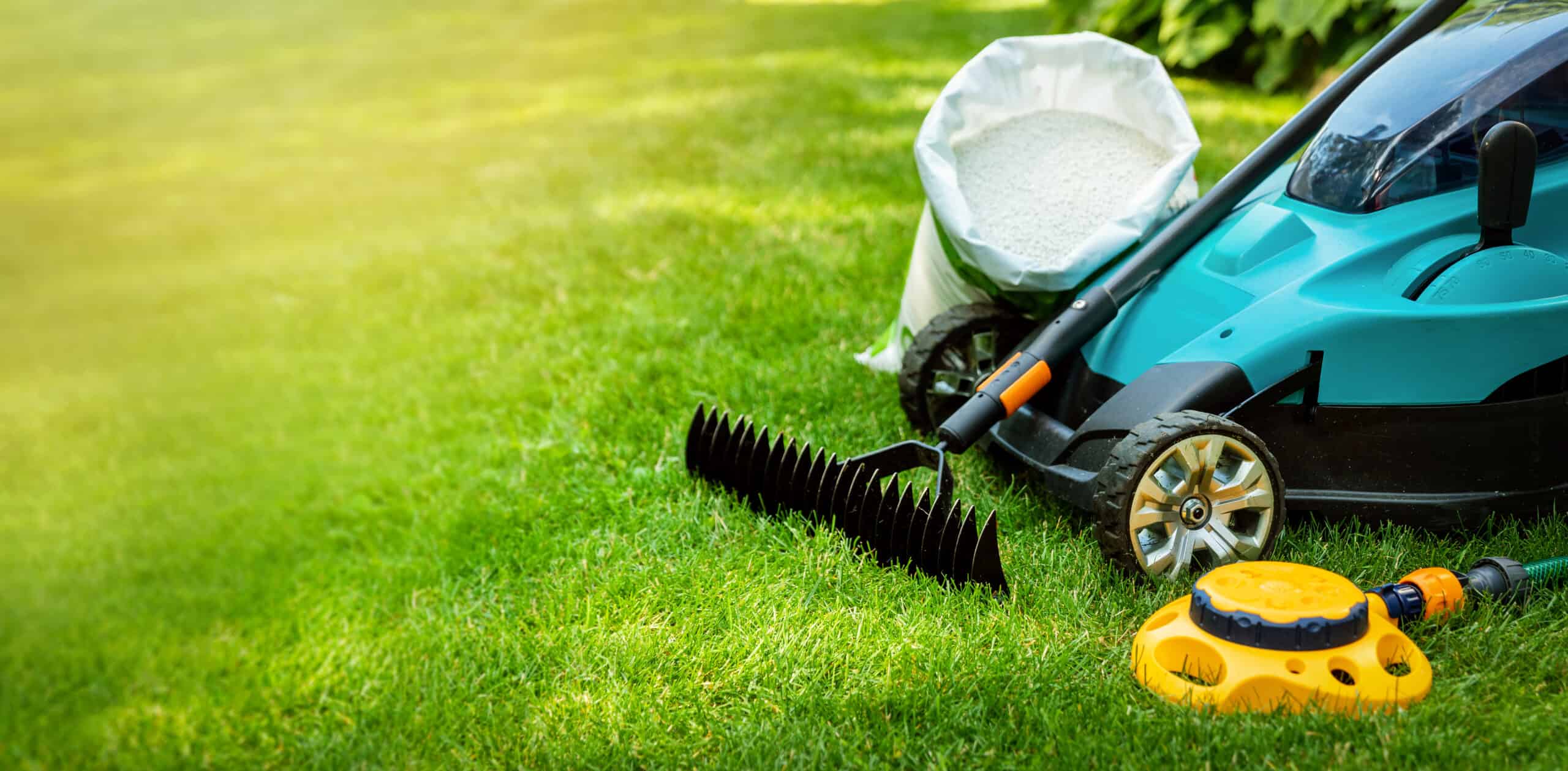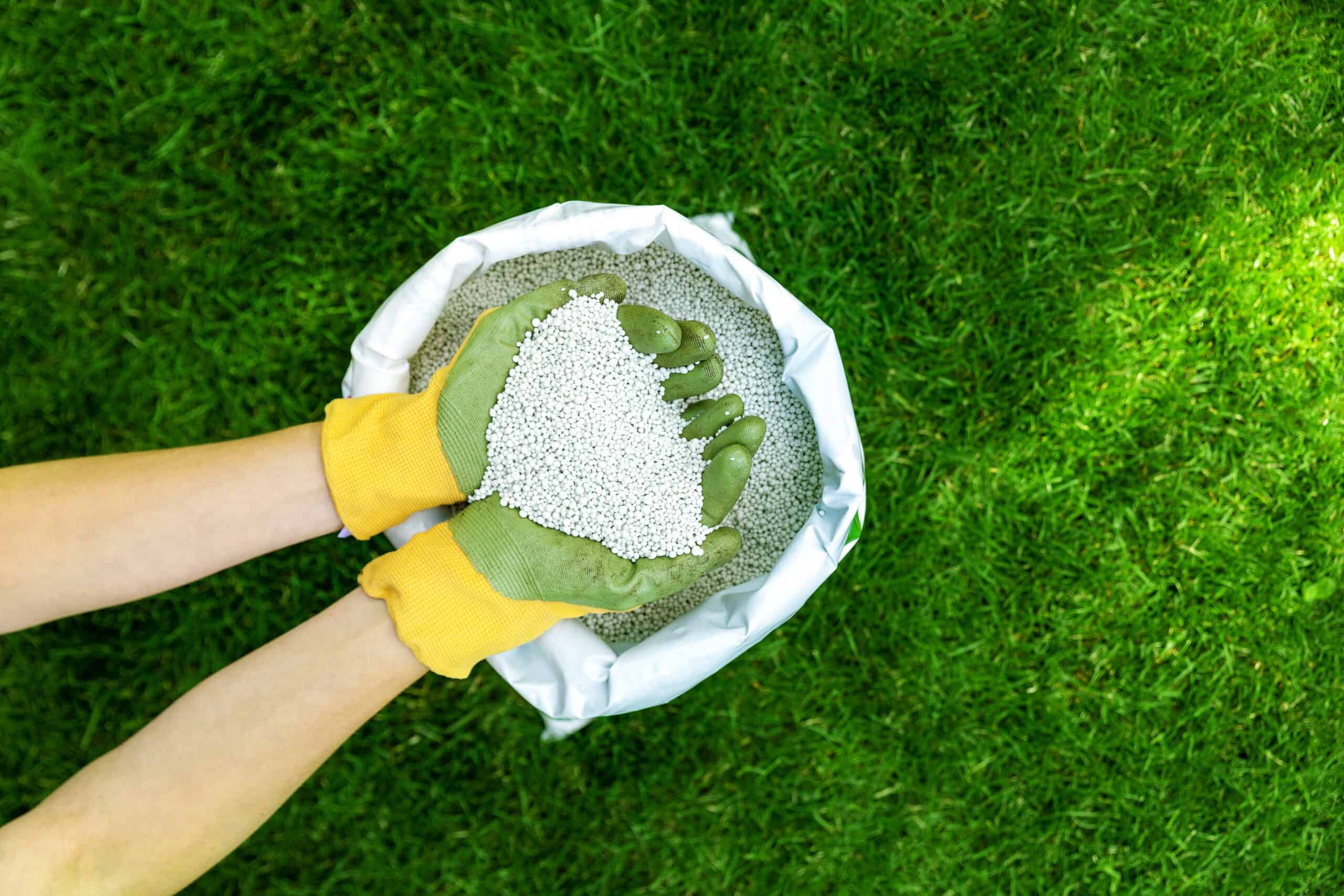Mastering the art of a lush, green lawn isn’t just about routine care; it’s about smart strategies to overcome common hurdles. From the precision of your mowing technique to the art of watering, every step matters. Dive into the world of effective lawn care and transform your outdoor space into the envy of everyone on the street.
Planning Your Lawn Care Strategy
Creating a perfect lawn is like piecing together a puzzle where soil, climate, and grass types are all interconnected pieces. Your approach needs to be tailored to your local conditions, considering local climate variabilities and soil types specific to your region. Here’s how you can set the foundation for your new lawn.
Understanding Lawn Types
When you’re selecting a lawn type, it’s critical to consider the local climate and how it can affect various grass species. Warm-season grasses like Buffalo and Couch are robust and can thrive under the hot sun closer to the equator. Conversely, cool-season grasses, such as fescue or ryegrass, prefer the milder climates found in the more southern states.
Soil Quality and Preparation
Before you sprinkle a single grass seed, ensure your soil preparation is thorough. Australian soils can vary greatly, from the rich loams of the coastal regions to the sandy soils of the interior.
Conduct a pH test and amend your soil accordingly to create the most fertile base possible. Remember, good soil equals a good lawn.
The ideal pH for most lawn grasses is slightly acidic to neutral, typically ranging from about 6.0 to 7.0. This pH range is optimal because it allows grass to access the nutrients in the soil most effectively.
- A pH below 6.0 is considered too acidic for most grass types. In such cases, applying lime can help raise the pH.
- A pH above 7.0 is too alkaline. To lower the pH, you should use sulphur or iron sulphate.
Selecting the Right Grass Seed
Picking the right grass seed is pivotal for a dense and resilient lawn. Look for blends that are suited for your specific region in Australia.
Your choice should also consider the amount of daily sunlight and any watering restrictions. Use higher-quality, drought-resistant seeds for areas prone to drying out, ensuring your lawn stays green and lush with less water.
By considering these critical factors, you’re well on your way to cultivating a lawn that not only looks great but also suits the unique Australian environment.
Groundwork for a Healthy Lawn
Before diving into lawn care, it’s crucial to lay the foundation that will support robust grass growth. Achieving the perfect lawn starts beneath the surface, where soil condition, sunlight, and moisture create the bedrock for an impressive yard.
Assessing Sunlight and Shade
Your lawn’s health greatly depends on sunlight, but too much shade can hinder growth. Evaluate your garden’s pattern of sunlight and shade throughout the day.
Areas that receive less than four hours of direct sunlight may struggle to sustain grass and could benefit from shade-tolerant species or alternative landscaping.
Improving Drainage and Aeration
Compacted soil is your lawn’s enemy—it restricts grass roots from accessing the air and water they need. Aerate your lawn to relieve soil compaction and enhance drainage, particularly if your garden has high clay content or suffers from heavy foot traffic.
Aerating involves creating small holes in the soil, which can be done with a garden fork or a specialised aerating tool. This encourages deeper root growth and improves the overall soil structure.
Incorporating Organic Matter
Organic matter is like a tonic for tired soils; it boosts soil quality and promotes healthy growth. By adding compost or well-rotted manure, you’re not just nourishing your lawn, you’re also improving soil structure, which in turn helps with drainage and aeration.
Spread a thin layer of organic matter across your lawn and gently work it into the topsoil to rejuvenate it and prepare for a lush, vibrant turf.
Effective Lawn Planting Techniques
Creating a lush, healthy lawn starts with the right planting techniques. Whether you’re sowing grass seed or laying turf, preparation is key to achieving the best outcome for your garden.
Preparing the Seedbed
Your groundwork is essential. Begin by removing any weeds, rocks, and debris from the area. Topsoil should be added if necessary, to improve soil quality and ensure your grass seeds have the best start.
It’s crucial to achieve a fine, crumbly texture that’s firm enough to walk on but loose enough to allow roots to penetrate.
Sowing Grass Seed
Choose the right seed mix for your climate and use a seed spreader for even distribution. Sow the grass seeds at the manufacturer’s recommended rate.
Water gently to keep the soil moist, not soggy, which supports the growing grass without causing erosion or run-off.
Laying Turf for Immediate Results
For instant greenery, laying turf is your go-to. Ensure the soil is even and firm. Stagger the joints in a brickwork fashion, fitting each piece snugly to avoid air pockets.
Water your new turf thoroughly, usually within half an hour of delivery and preparation, to encourage strong root establishment.
Daily and Seasonal Lawn Maintenance

Maintaining a pristine lawn requires your attention throughout the year, with specific tasks tailored to each season. Daily care, such as proper watering and mowing, can significantly impact the health and appearance of your lawn.
Watering Wisely
Your lawn’s watering needs change with the seasons. During the warmer months, you must provide enough water to prevent stress and maintain moisture. Water deeply and infrequently to encourage strong root growth.
Aim to water in the early morning to reduce evaporation losses. And remember, during the cooler months, your lawn will need less water, adjusting to natural rainfall.
Mowing Matters
Using the right mower for your lawn type and keeping blades sharp can mean the difference between a ragged and a clean cut.
Regular mowing, with blades set to the correct height, helps to strengthen grass roots and promotes a lush, healthy lawn. If you’re wondering what the correct height for your lawn might be, here are some things to consider:
- Type of Grass: Different grass types have ideal cutting heights. For example, cool-season grasses like Fescue, Bluegrass, and Ryegrass typically do well with a height of about 60 to 90 mm. Warm-season grasses like Bermuda, Zoysia, and Buffalo prefer a shorter cut, usually between 25 to 60 mm.
- Season: During the growing season (spring and summer), it’s often recommended to keep the grass a bit longer to promote healthy root development and to shade the soil, which helps retain moisture. In Autumn, you can cut it a bit shorter to prepare for winter.
- Health and Condition of Lawn: If your lawn is stressed, such as from drought, it’s better to mow higher. Taller grass can develop deeper roots, which helps the lawn recover and improves its resilience against pests and diseases.
- The One-Third Rule: A good rule of thumb is to never remove more than one-third of the grass blade in a single mowing. Cutting too much at once can stress the grass.
- Mowing Frequency: Adjust your mowing frequency based on the growth of the grass, rather than on a fixed schedule. Fast-growing grass in spring might require more frequent mowing.
In the growing season, you might find yourself mowing once a week, while in the slower-growing cooler months, every two weeks may be enough.
Year-Round Lawn Care Tips
What lawn maintenance to carry out throughout the year can get a bit confusing, here is a summary to help make it easier to keep on top of.
- Spring:
- Start with dethatching and aerating to encourage growth.
- Fertilise for a nutrient boost.
- Summer:
- Keep on top of weeds and pests.
- Mowing should be frequent but adjust the height so as not to stress the grass.
- Autumn:
- Prepare your lawn for winter dormancy.
- Rake leaves regularly to prevent mould and disease.
- Winter:
- Mow less frequently as growth slows.
- A little Winter maintenance can protect against frost damage and support recovery in spring.
Advanced Lawn Care and Troubleshooting
Cultivating your perfect lawn requires more than just watering and mowing. To achieve that lush, healthy appearance, you’ll need to address specific challenges with a keen eye for detail. Here’s how you can enhance your lawn care regimen and tackle common issues effectively.
Fertilising for a Thicker Turf
Supplying your lawn with the right nutrients is crucial for promoting a thicker turf. Always choose a fertiliser that’s well-suited to your grass type and the current season. In spring and summer, use a nitrogen-rich fertiliser to encourage growth.
During the cooler months, switch to a product higher in potassium to strengthen your lawn against cold and disease. Apply fertiliser evenly across your lawn to prevent patchiness and ensure uniform growth.
Managing Weeds and Pests
Combatting weeds and pests can be a relentless task, but with vigilance, you can keep them at bay. Regularly inspect your lawn for signs of infestation or unwanted plants. Spot treat weeds with a selective herbicide, and consider pre-emergent solutions to prevent weeds from taking hold.
In the case of pest problems, identify the culprit—be it grubs, beetles, or other insects—and apply a targeted treatment to eliminate them without harming your grass.
Addressing Common Lawn Problems
A host of issues can arise when nurturing your lawn, but most are solvable with targeted action:
- Brown patches: Often caused by a lack of water or fertilizer burn, ensure you water deeply but infrequently, and follow the instructions on your fertiliser packaging precisely.
- Mushrooms: Generally harmless, mushrooms appear in moist conditions. Reduce excessive moisture and shade to discourage their growth.
- Thatch: This layer of organic matter between the soil and grass blades can prevent water and nutrients from reaching the roots. If it becomes too thick, aerate your lawn to remove thatch and improve soil interaction.
By adhering to these focused strategies, you can maintain a healthier, greener lawn that’s both beautiful to look at and resilient against common setbacks.
The Art of Lawn Renovation
Renovating your lawn is a great way to bring it back to life, mend damaged sections, and maintain a healthy stretch of greenery.
Whether you’re combating a drying lawn, patching up wear and tear, or seeking expert advice, the right approach can make all the difference.
Guide for a Complete Lawn Renovation
Lawn renovation involves rejuvenating and improving your existing lawn by addressing problems like poor soil, weed infestation, thatch buildup, and poor grass varieties.
If more than 40-50% of the lawn is in poor condition, a complete renovation may be necessary. Here is a step-by-step guide on how to perform a lawn renovation:
- Scalping the Lawn:
- Scalping involves cutting the grass very low, about 25 to 35 mm in height. This should be done with a lawn mower.
- The purpose is to remove excess thatch and allow more sunlight to reach the soil, which will help new grass seeds germinate.
- Be sure to collect and remove the grass clippings after scalping.
- Core Aeration:
- Core aeration is the process of removing small plugs of soil and thatch from the lawn to improve air, water, and nutrient penetration.
- Use a core aerator, which can be rented from a local garden centre or hardware store.
- Pass the aerator over the lawn in a pattern that covers the area evenly.
- Overseeding:
- Choose a high-quality grass seed that matches your existing lawn and local growing conditions.
- Spread the seed evenly over the lawn using a broadcast spreader. The rate of seeding will depend on the grass type and the manufacturer’s recommendation.
- For better seed-to-soil contact, you can lightly rake the area after seeding.
- Topdressing and Leveling with Sand:
- Mix sand with compost or topsoil in a 50/50 ratio for the top dressing. This will help improve soil texture and provide nutrients.
- Apply the topdressing evenly over the lawn, focusing on low spots for levelling.
- Use a rake or a levelling tool to spread the topdressing and ensure an even surface.
- Fertilising:
- Apply a starter fertiliser that is high in phosphorus to promote root growth.
- Follow the manufacturer’s instructions for application rates and methods.
- Lots of Watering:
- Water the lawn thoroughly immediately after overseeding and topdressing to help settle the seeds and topdressing material.
- For the first few weeks, keep the top inch of soil consistently moist but not waterlogged.
- Gradually reduce the watering frequency as the grass establishes, but ensure the lawn continues to receive enough water, especially during dry periods.
Additional Tips:
- Timing: The best time for lawn renovation is during the growing season of your grass type – early autumn for cool-season grasses and late spring for warm-season grasses.
- Mowing: Avoid mowing the lawn until the new grass is at least 75mm tall.
- Maintenance: Continue with regular lawn maintenance practices such as proper mowing, fertilisation, and weed control once the lawn is established.
Reviving a Drying Lawn
If you find your lawn drying out, it’s crucial to assess your watering practices. A consistent irrigation schedule is key to keeping your grass fresh and vibrant.
Depending on the type, most lawns benefit from deep watering a few times a week rather than shallow daily watering. This encourages the roots to grow deeper into the soil, making the lawn more drought-tolerant.
Replacing or Repairing Damaged Areas
For damaged areas, there are a couple of options:
- Overseeding: Sprinkle fresh seeds over existing grass to fill in bare spots. This works well for minor damage.
- Planks or patches: For more significant problems, you may need to replace sections of turf. Cut out the damaged section and fit in a new plank of sod, ensuring it’s level with the surrounding lawn.
Professional Help and Expert Advice
Don’t be afraid to seek professional help and expert advice from gardening and landscaping services. They can offer practical solutions tailored to your lawn’s specific conditions.
Whether you need diagnostic services to identify pest and disease issues or advice on the best products for lawn care, experts can provide valuable assistance to achieve that healthy lawn you’re aiming for.



